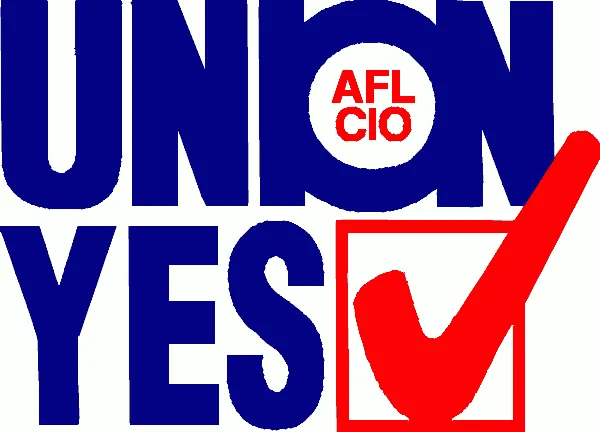From the New York Review of Books: A More Perfect Union: Can Organized Labor Win in 2020?

Thanks to Baltimore labor historian and author William Barry for sending us this.
By STEVEN GREENHOUSE
Ever since I began covering labor for The New York Times back in 1995, it bothered me whenever corporate lobbyists and conservative spinmeisters used the term, “Big Labor.” The phrase annoyed me for two reasons. First, it suggests that labor is not millions of individual workers—steelworkers and schoolteachers, hotel workers and homecare aides—but rather some insensate, faceless mass that wields brute power. Second, the phrase “Big Labor” implies that organized labor is still big.
It was certainly big in the 1950s, when unions represented 35 percent of the workforce, when labor leaders Jimmy Hoffa, Walter Reuther, and George Meany were household names, and when threats of a nationwide truckers’ or auto workers’ strike spurred a sense of dread among White House officials. But by 1995, labor was no longer so big, and it is even less big today. Just 10.3 percent of American workers belong to unions, and no labor leader is a household name (except perhaps Jimmy Hoffa—thank you, Martin Scorsese and The Irishman for that). The once-mighty United Auto Workers union has shrunk from a peak of 1.5 million members in 1979 to about 400,000 today.